It is a question that I get asked a lot. The following article provides methods for testing for your MAX Heart Rate (MAX HR). Knowing your MAX HR will enable you to work out your HR zones.
The 220 minus age formula that was developed in the Second World War to work out your max heart rate is rather dated but still used extensively around the world. A new formula ‘214-(0.8 x age) for men, and 209-(0.9 x age) for women’ has been developed to help improve its accuracy.
The traditional strategy is to use the formula of 220 minus age to ‘guestimate your max’. This is often used in health clubs. Here, charts show age-related MHR and training heart rates for cardiovascular fitness development. For example, if you are 40, your estimated MHR would be 180 (i.e. 220-40). You can then calculate training heart rates from this, using a formula such as 70 per cent MHR (which would be 126). It’s quite simple, but unfortunately, it’s not accurate for everyone. American sports scientists have modified the basic formula to allow for gender: 214-(0.8 x age) for men, and 209-(0.9 x age) for women. REF: https://www.runnersworld.com/uk/health/a760148/how-to-find-your-maximum-heart-rate/
Both the ‘220 minus age’ and ‘214-(0.8 x age) for men, and 209-(0.9 x age) for women’ formulas will provide you with a good starting point; however, most people that I train have a higher max heart rate than these normalised formulas.
For a more accurate indication of your max heart rate, there are several simple cycling max heart rate tests that you can perform yourself or with the aid of someone else.
The following methods are sourced from http://www.timetrialtraining.co.uk/S6MaxHeartRateTests.htm and provide two good examples of max heart rate tests.
DISCLAIMER: Please check with your doctor first before attempting any of these tests.
Max Heart Rate – Test 1.
This test requires a Heart Rate Monitor and a turbo trainer. It may be helpful to have someone assist during the test to encourage you when things get tough and to take the readings from your Heart Rate Monitor.
- Warm-up for 10 to 15 minutes and then ride as hard as possible doing an intensive time trial effort for the next ten minutes. Ride the last minute flat out (maximum effort), and sprint the last 20 to 30 seconds. It should now be possible to read the MHR on the Heart Rate Monitor.
- Do not stop immediately but keep pedalling and warm down gradually for the next ten minutes.
- Repeat the test two or three more times, with a couple of days between each test, to establish your true maximum.
Max Heart Rate – Test 2.
This test requires a Heart Rate Monitor, an indoor trainer and a computer (ideally with a cadence measurement). Your bicycle should have a close-ratio rear block (e.g. 52 x 18/17/16/15/14/13). Have someone assist during the test, to encourage you when things get tough and to take the readings from your Heart Rate Monitor.
- Warm-up fully for 10 to 15 minutes.
- Use your large chainring and choose the lowest gear (e.g. 52 x 18). Pedal at a steady cadence of 90 rpm for 2 minutes.
- Then change up to the next gear (52 x 17) without pausing.
- Maintain the same cadence (90-rpm). Pedal this gear for 2 minutes and change up again still maintaining the 90-rpm cadence.
- Continue changing up to the next sprocket every two minutes, constantly maintaining 90-rpm.
- Your heart rate should rise constantly. It may level out at some point (your OHR) but carry on with the test.
- Continue at 90 rpm, changing up a sprocket every two minutes, until you are no longer able to go on.
- Do not stop immediately but keep pedalling and warm down gradually for the next ten minutes
I prefer a variation on Max Heart Rate -Test 1; performed on a short 500m hill which ends in a sharp gradient towards the top.
- Warm-up for 10-15 minutes riding into the E3 Heart Rate Zone
- Ride up the hill as fast as you can then sprint up the last section.
- Recover and repeat a few times.
- Record your Max Heart Rate for each effort and take the highest reading.
- Cool down for ten to fifteen minutes.
It’s important to perform this a few times in one session as you may need to fatigue a little to reach your Max Heart Rate.
Another way, if you are racing, is to check your Heart Rate data regularly for your Max Heart Rate. You will usually reach your Max Heart Rate during the final sprint finish of most races where you end up sprinting at 100%.
It’s important to monitor your Max Heart Rate during the season as it will change depending on several factors.
Next Article: How to work out your Cycling Heart Rate Zones

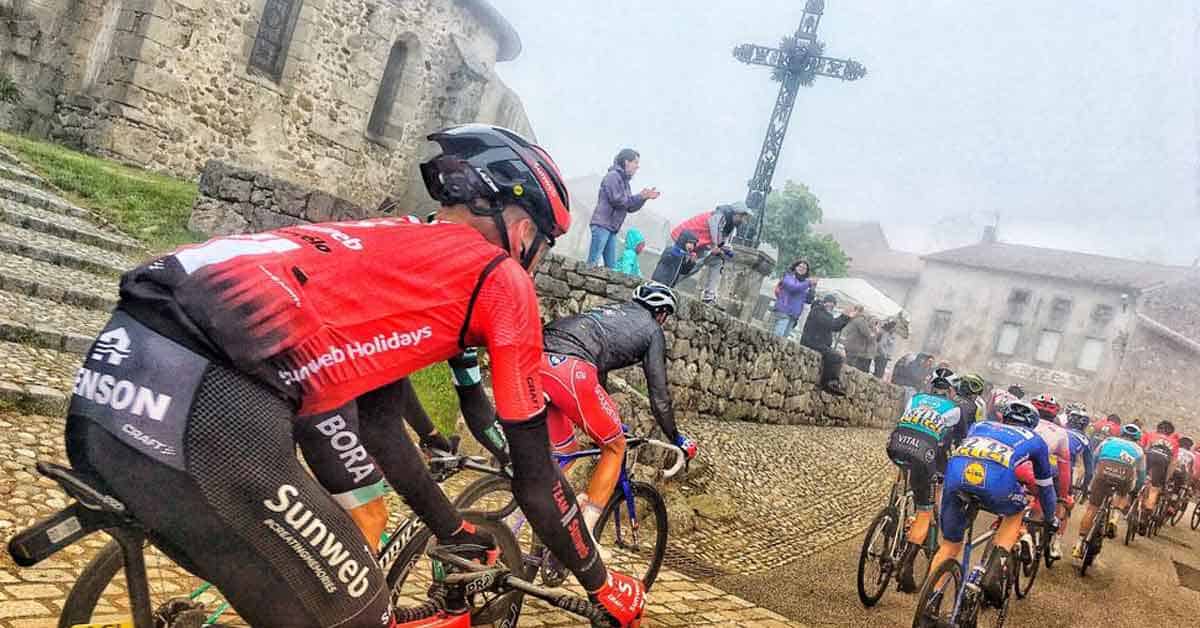
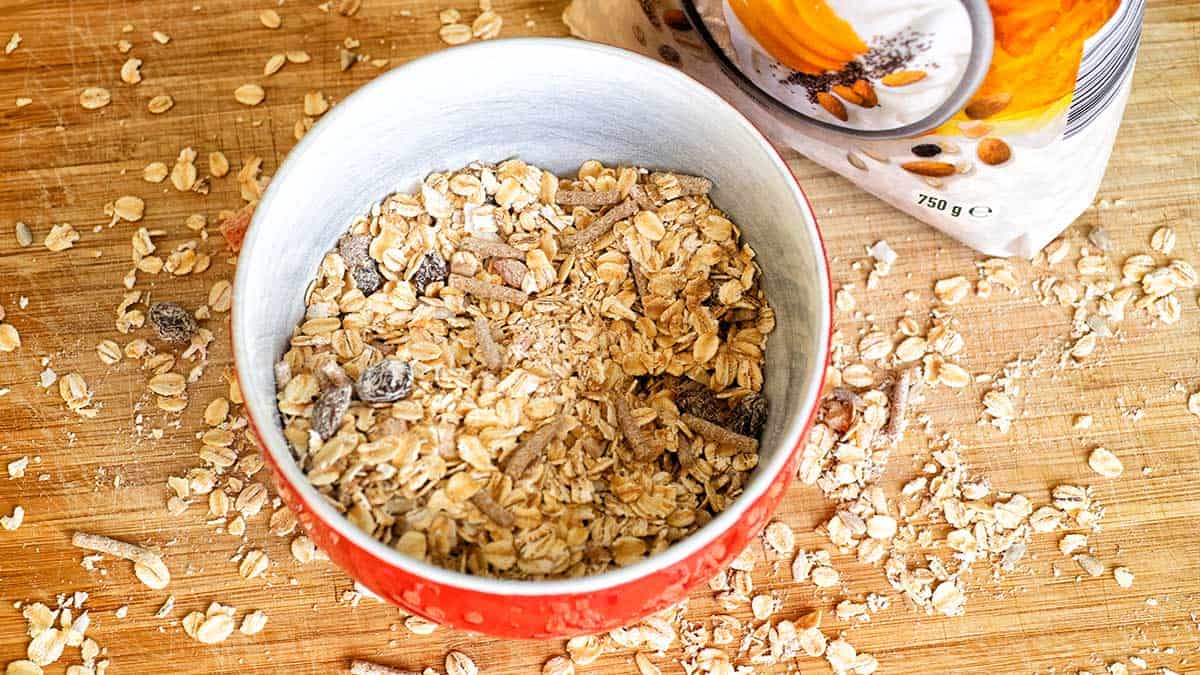
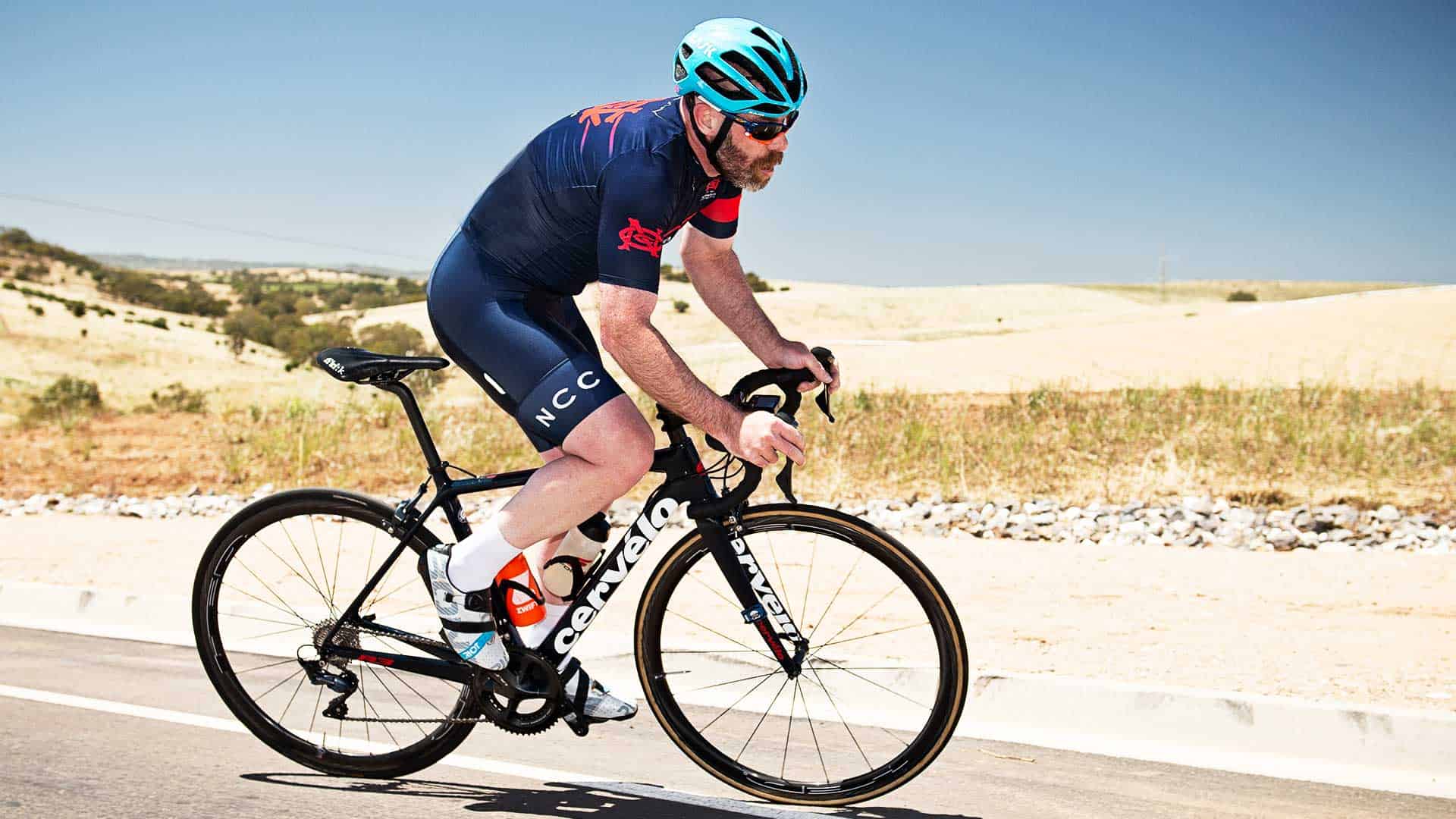
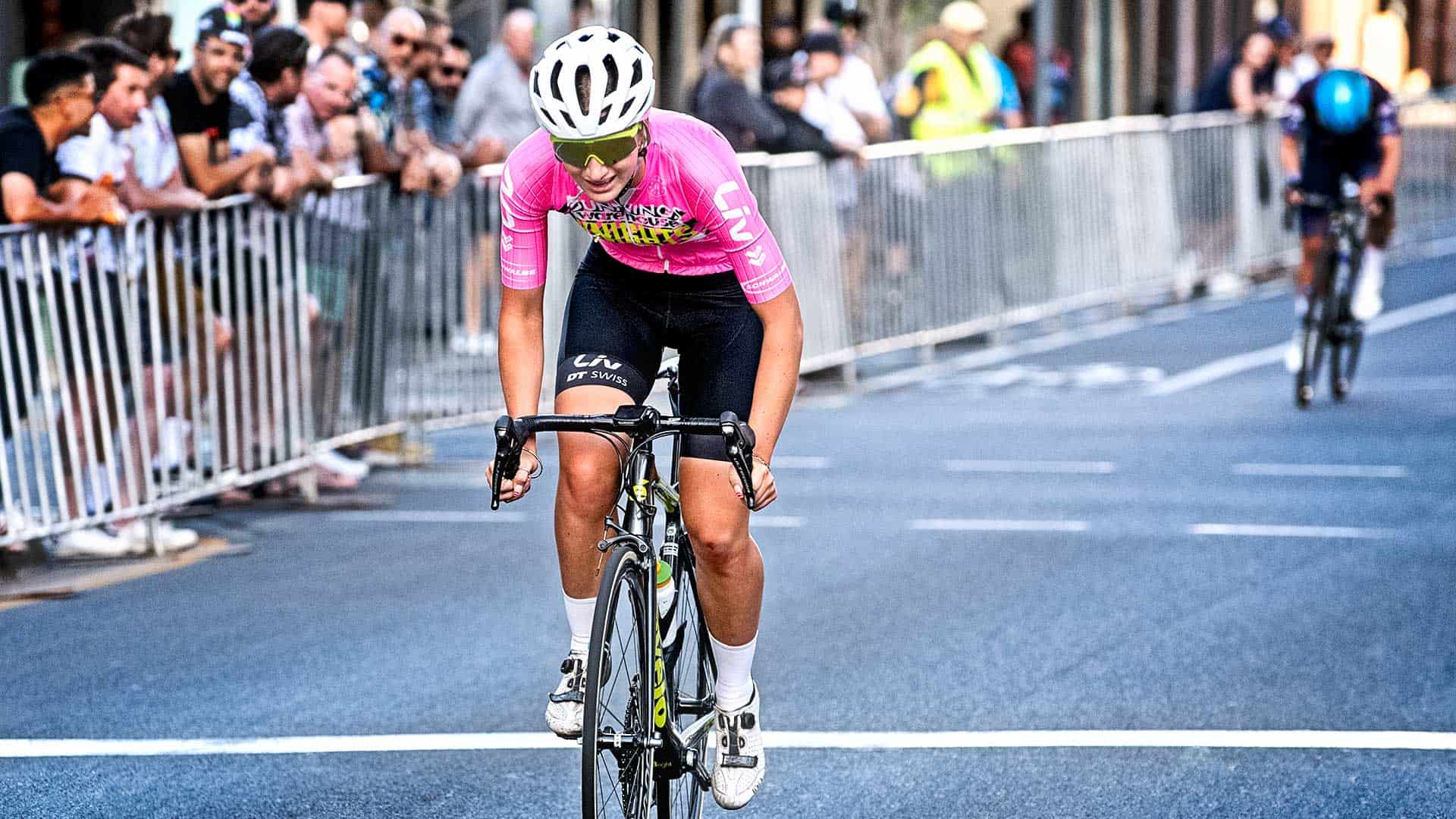
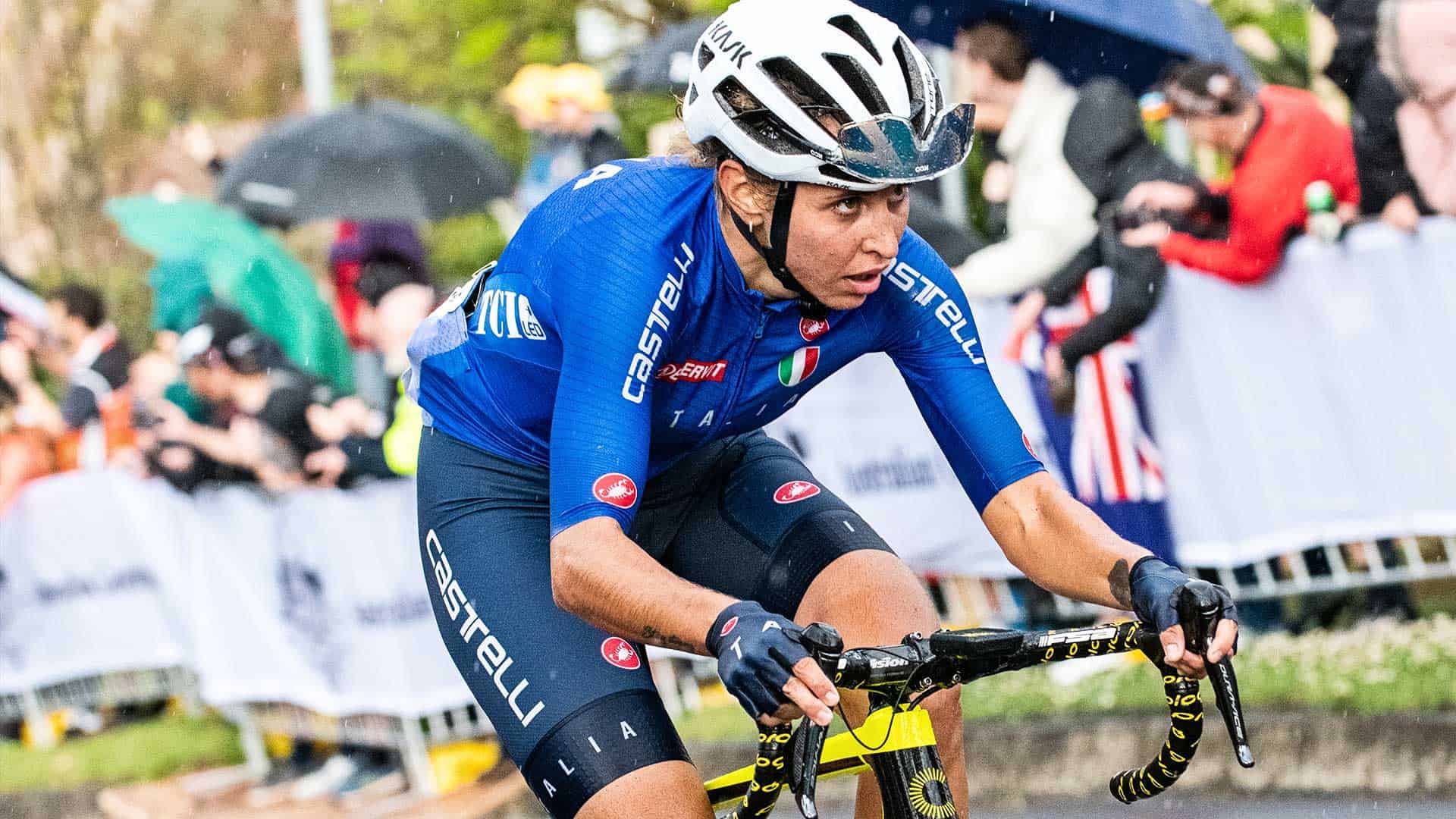
I must try to get my MHR by doing the hill repeats. Taking away my age from 220 should give me a MHR of 161BPM but I know that I’ve been well over this even uo to 176BPM recently so what does this tell me? Should I slow down and not push my HR up so high?
I’m really interested in these articles regarding HR but I do struggle to get my head round it because of my own HR’s
Just got back from a ride and my max was 183 (avg 138). Using the 220 less age, the max would be 159. No clue if I am putting myself in danger. Last physical, the doctor said I was in excellent shape.